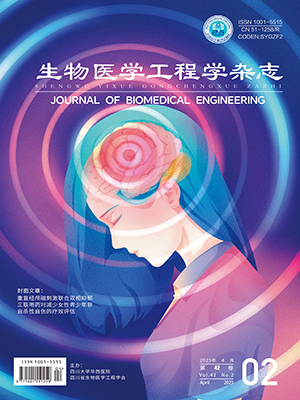There are some limitations in the localization of epileptogenic zone commonly used by human eyes to identify abnormal discharges of intracranial electroencephalography in epilepsy. However, at present, the accuracy of the localization of epileptogenic zone by extracting intracranial electroencephalography features needs to be further improved. As a new method using dynamic network model, neural fragility has potential application value in the localization of epileptogenic zone. In this paper, the neural fragility analysis method was used to analyze the stereoelectroencephalography signals of 35 seizures in 20 patients, and then the epileptogenic zone electrodes were classified using the random forest model, and the classification results were compared with the time-frequency characteristics of six different frequency bands extracted by short-time Fourier transform. The results showed that the area under curve (AUC) of epileptic focus electrodes based on time-frequency analysis was 0.870 (delta) to 0.956 (high gamma), and its classification accuracy increased with the increase of frequency band, while the AUC by using neural fragility could reach 0.957. After fusing the neural fragility and the time-frequency characteristics of the γ and high γ band, the AUC could be further increased to 0.969, which was improved on the original basis. This paper verifies the effectiveness of neural fragility in identifying epileptogenic zone, and provides a theoretical reference for its further clinical application.
Citation: YIN Ning, JIA Zhepei, WANG Le, DONG Yilin. Analysis of neural fragility in epileptic zone based on stereoelectroencephalography. Journal of Biomedical Engineering, 2023, 40(5): 837-842. doi: 10.7507/1001-5515.202211056 Copy
Copyright © the editorial department of Journal of Biomedical Engineering of West China Medical Publisher. All rights reserved
-
Previous Article
Research on a portable shielding-free ultra-low field magnetic resonance imaging system ZHANGYuxiang, HE wei, YANG Lei, HE Yucheng, WU Jiamin, XU Zheng -
Next Article
A study on the application of cross-frequency coupling characteristics of neural oscillation in the diagnosis of mild cognitive impairment LIXin, WANG Kai, JING Jun, YIN Liyong, ZHANG Ying, XIE Ping




